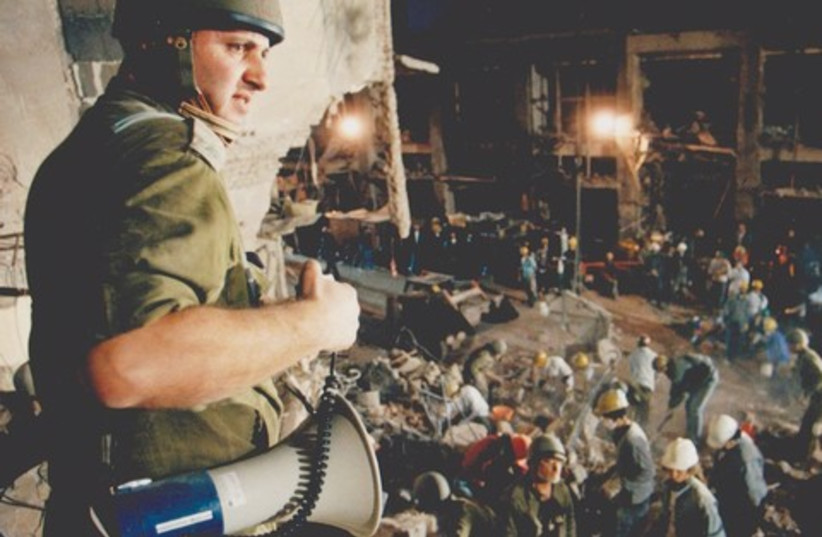Israel will be reinvestigating the first Tyre disaster, using new technology to look at material from the deadly explosion at Israel’s headquarters in the Lebanese city in 1982.
A joint statement by the IDF, Shin Bet, and Israel Police said that on the 40th anniversary of the disaster, the case was being opened “out of respect for the fall and in the pursuit of the truth.
"The security services agreed to establish a joint team to reexamine the original government commission and “use modern technologies that did not exist at the time."
What happened in the first Tyre disaster?
On November 11, 1982, a seven-story building housing the Israeli military headquarters in the Lebanese city of Tyre, known as the Liaison and Assistance Office, collapsed with people inside it.
The building also housed living quarters for Israeli soldiers and border police who had been holding thousands of Lebanese and Palestinians arrested by Israeli authorities, as well as the offices of Lebanese civil officials who were visited daily by Lebanese seeking various permits and other documents.

The disaster killed 76 Israelis and 14 Lebanese was found by an official IDF commission of inquiry to have been caused by a gas leak that led to an explosion that collapsed the building but is widely thought to have been caused by a suicide bomber who drove his car into the building.
Islamic Jihad initially claimed responsibility for the explosion, saying that it had placed bombs on timers in the building. Though Hezbollah had remained quiet, they later built a memorial for a martyr of the group, 15-year-old Ahmad Qusayr from the Shiite village of Dayr Qanun-al-Nahr some 10 miles from Tyre.
The group also declared that the date of his death would be the group’s annual Martyr’s Day.
In the book “Rise and Kill First,” published by Israeli author and journalist Ronen Bergman, Qusayr joined the newly-created Lebanese terror group and had already carried out several attacks against Israeli when he drove a white Peugeot full of explosives into the building at 7 a.m.
Hezbollah has even published children’s books praising Qusayr, crediting him as carrying out the first suicide bombing attack against Israel.
Second attack on IDF headquarters
The collapse of the building was the deadliest incident for Israel until November 3, 1983, when a suicide bomber drove a truck packed with an estimated 600 tons of explosives into an IDF headquarters in the outskirts of Tyre which held an ISA and an Israel Border Police (IBP) interrogations facility.
Though security guards opened fire on the truck, the Hezbollah terrorist was able to get into the inner premises of the base and blew himself up when he got between two buildings that housed troops, bringing them both down.
The attack killed 60 people, including 16 Border Police officers, 9 IDF soldiers, 3 Shin Bet officers, and 31 of the 46 detainees held at the facility. Another 23 people were injured.
Islamic Jihad also used a car bombing in the deadly attack on the Beirut Barracks, killing 299 people including 241 American servicemembers and 58 French servicemembers.
